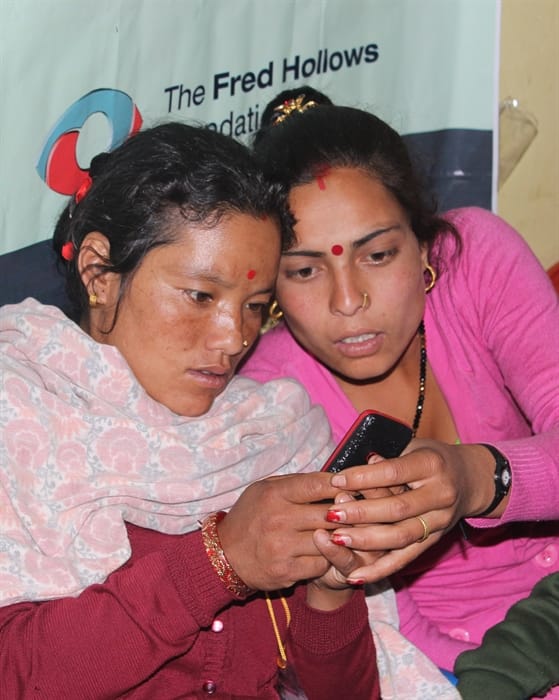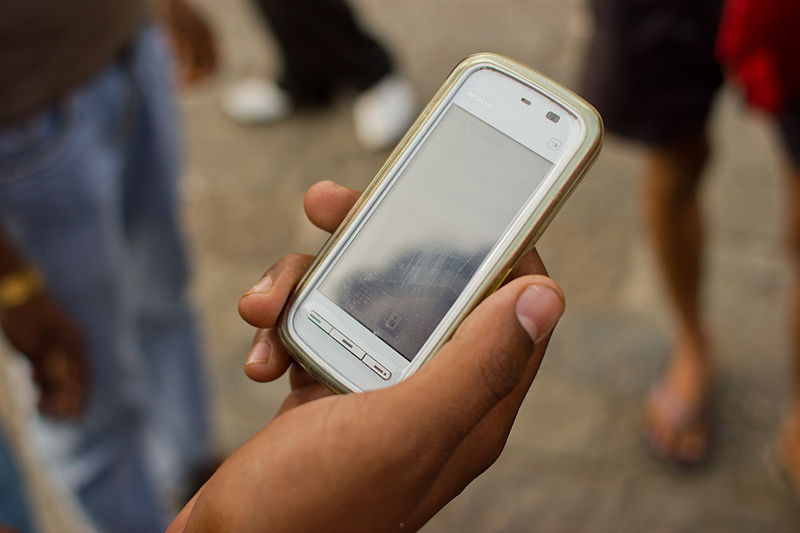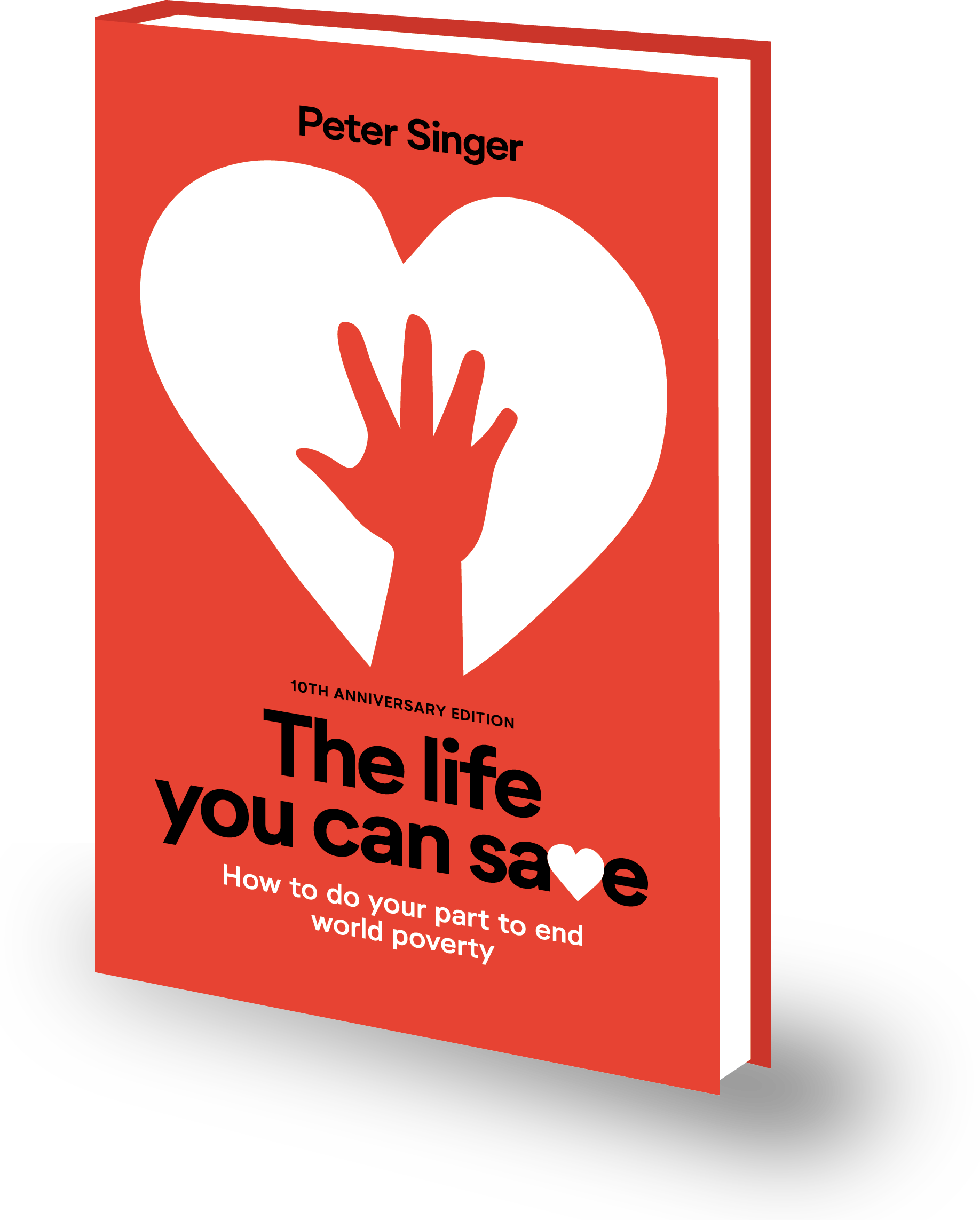Remember the ALS Ice Bucket Challenge? It was one of the most successful fundraising challenges in recent times, with over $115 million raised, not to mention priceless public awareness. And the driving force behind that campaign? The enthusiasm of Millennials.
They’re a generation often criticised for being selfish and narcissistic but, as with most broad brushstrokes, this doesn’t capture the reality. The truth is, Millennials are seeking causes they believe in.
There’s some debate around who Millennials actually are and to make things even more confusing, the terms ‘Millennials’ and ‘Gen Y’ are often used interchangeably. A general consensus is that Millennials/Gen Y are the group born between 1980 – 2000, so current 17 to 37-year-olds in regards to the Ice Bucket Challenge, Millennials were enthusiastic supporters, powering the social media machine that generated incredible results.
Savvy not-for-profits know that a young adult who becomes engaged today could contribute thousands of dollars over time and become part of a loyal supporter base. That’s why it’s so important for this generation to not only be aware of your organization, but to connect emotionally with your brand or cause.
Millennials: important facts and figures
In 2014, a report commissioned by Australian telecommunications company Optus (titled Generation We Not Me) discovered that Millennials/Gen Y in Australia are contributing as much time and money, if not more than, preceding generations. The only things that have changed are their motivations and expectations.
The report found that the time and money given by Millennials to charitable causes is estimated to total more than AUD$3 billion each year, with 94% of Millennials donating money to charity in 2013.
The We Not Me report also found that Australian Millennials donate more than 16 million volunteer hours per month which equals around AUD$260 million. And 67% of Millennials volunteered in 2013, compared to 62% of Gen Xs and 64% of Baby Boomers.
In fact, grassroots volunteering, regular giving to charitable causes, and creating movements (online and offline) are on the rise worldwide. And what makes this generation different from previous ones is the unprecedented speed with which they can mobilise vast numbers of people to advocate or fundraise for a cause.
A generous generation

The Australian trend of generous Millennials is reflected around the world. UK charity affiliate scheme Give as you Live found that even though Millennial donors currently make up the smallest demographic in regards to charitable giving (due to their age, level of debt and lack of disposable income), they are nonetheless the generational cohort most likely to increase charitable giving in the next 12 months.
This, combined with the fact that Millennials represent a larger population than Baby Boomers in many countries, indicates that organisations which effectively engage this group now will reap the benefits for years to come.
Cultivate involvement and experience

Before you convert a Millennial to a donor, it’s important to understand their motivations.
This is a group who value involvement and experience, so creating a sense of ownership around a fundraising activity can be the first building block of an ongoing relationship.
The Indiana State University Dance Marathon is a 36-hour dance marathon that takes place every November in the US to raise money and awareness for paediatric care. It’s the second-largest student-run philanthropy in the world, and since they began in 1991, they’ve raised over USD$28 million for Riley Hospital for Children in Indianapolis.
The incredible results of this organisation show that a fun activity allows this group to mobilise with incredible efficiency. It also gives the people behind it a huge sense of pride.
Some of The Life You Can Save’s recommended nonprofit organizations have effectively tapped into this idea of activities that promote fundraising. Oxfam has their Trailwalker event, Fred Hollows is supported by Coastrek, and Fistula Foundation’s work has inspired many personal fundraisers, from benefit piano concerts to silk pillowcase sales. Other events like cycling races or movie nights can engage Millennials and allow them to build some fun factor into a fundraising activity.
The most important thing here is to remember is to let them run with it and make it their own.
These are investors in the future
Millennials are also much more peer-driven than other generations and rely on recommendations, reviews, and research instead of advertising. In fact, only 1% of Millennials say that a compelling advertisement would make them trust a brand.
They’re engaged by storytelling, and they’re most likely to give when they’re inspired by an organisation and when they can see examples of the long-term impact their gifts will have. This increasing hunger for transparency is because they see themselves as a vital part of making the world a better place. They’re not donors – they’re investors in the future.
Regular giving is built on trust

Once you’ve built a basic connection, it’s time to take things to the next level. All non-profits need regular donors. We tend to focus on older generations for this, assuming they have more money, but younger generations are always seeking causes that sync up with their values.
The Optus We not Me report showed that 94% of Gen Ys have donated money to a charity or community group and 20% donate on a regular basis. And when they earn more, they give more: 25% of those earning over $100,000 donate regularly to charity. It’s a similar story globally: 52% of respondents to the 2013 Millennial Impact Report say they are interested in donating monthly to a charity.
The desire to give regularly is a result of values aligning and a sense of trust. Being open as an organisation and cultivating an authentic brand is an important part of connecting with any audience, but especially a younger audience who can sniff out fakery a mile away.
Given their ease with technology and expectations of access to information, Millennials demand all of this information in a digestible, easily understood, and (if possible) entertaining way.
When your content hits these vital targets, it’s more likely to be shared with family and friends. And even if the content doesn’t get shared, at least it will be clear what you do and what you stand for.
Make online and social giving easy
In the US, overall donations to charitable organizations rose by 1.6 percent in 2015. By contrast, online donations grew by 9.2 percent. For many non-profits, online giving doesn’t account for the majority of total contributions, but, if general online usage is any indication, it’s clear that digital donations are increasingly important.
Online donations have grown across all generations but are largely attributable to Millennials who grew up using smartphones, laptops, and tablets. For them, constant connection is a fact of life.
Whether they’re keeping in touch with friends or researching nonprofits, Millennials rely on Google and social media. These days, their journey with any brand increasingly starts on mobile, and successful Millennial engagement relies on a sleek and mobile-responsive website, as well as an understanding of the different ways that devices and platforms are used.
Fred Hollows updated their website in 2015 based on the reasoning that digital donations are on the increase and therefore the donor online experience is incredibly important. All of The Life You Can Save’s recommended nonprofits have updated their sites in the past years or two, and The Life You Can Save itself is constantly evaluating and updating how to make its visitor experience more meaningful and appealing.
An emotional connection

It can seem overwhelming, but engaging with Millennials has commonalities with the way we’ve engaged past generations. It’s still about delivering a message that sparks interest.
What’s changed is the platforms we deliver these messages on and the fact that this is a generation who has grown up with an incredible amount of information as well as distraction at their fingertips. How will you break through? if you make your message clear and you inform and interact with content that’s meaningful and thought-provoking, then you’ll encourage sharing and action. If you can nail this, then your organisation has a decent chance of securing a whole new raft of young and vocal supporters.



